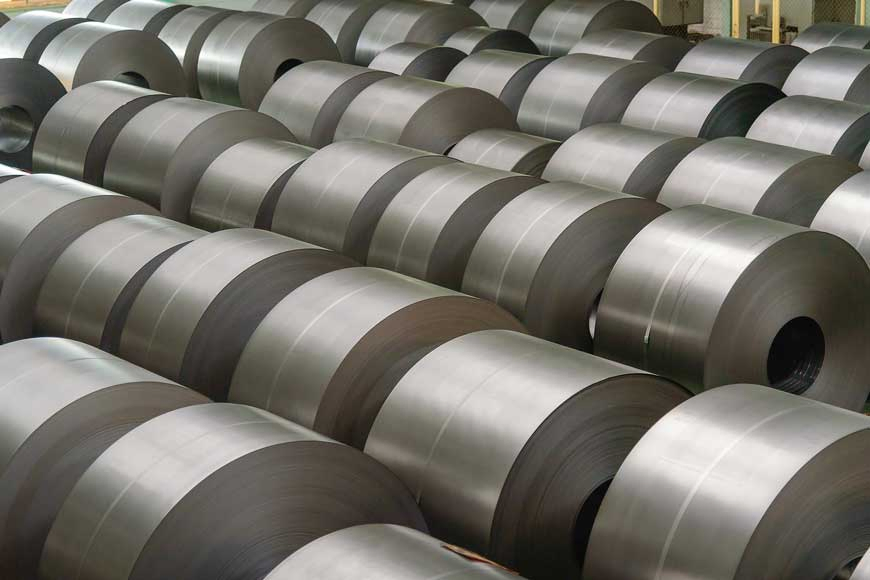
Cold Rolled Steel is essentially hot rolled steel that has been through further processing. Once hot rolled steel has cooled, it is then re-rolled at room temperature to achieve more exact dimensions and better surface qualities. Cold “rolled” steel is often used to describe a range of finishing processes, though technically “cold rolled” applies only to sheets that undergo compression between rollers. Steel forms that are pulled, such as bars or tubes, are “drawn,” not rolled. Other cold finishing processes include turning, grinding, and polishing—each of which is used to modify existing hot rolled stock into more refined products.
Cold rolled steel can often be identified by the following characteristics:
Better, more finished surfaces with closer tolerances
Smooth surfaces that are often oily to the touch
Bars are true and square, and often have well-defined edges and corners
Tubes have better concentric uniformity and straightness
With better surface characteristics than hot rolled steel, it’s no surprise that cold rolled steel is often used for more technically precise applications, or where aesthetics are important. But due to the additional processing for cold finished products, they come at a higher price. In terms of physical characteristics, cold rolled steels are typically harder and stronger than standard hot rolled steels. As the metal is shaped at the lower temperatures, the steel’s hardness, resistance against tension breaking, and resistance against deformation are all increased due to work hardening.






